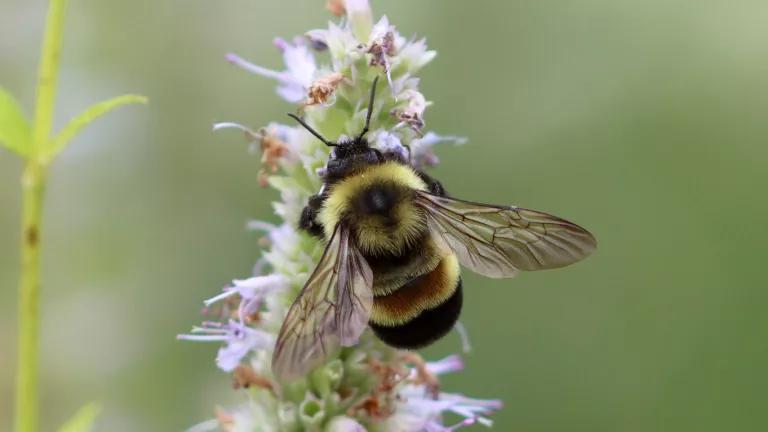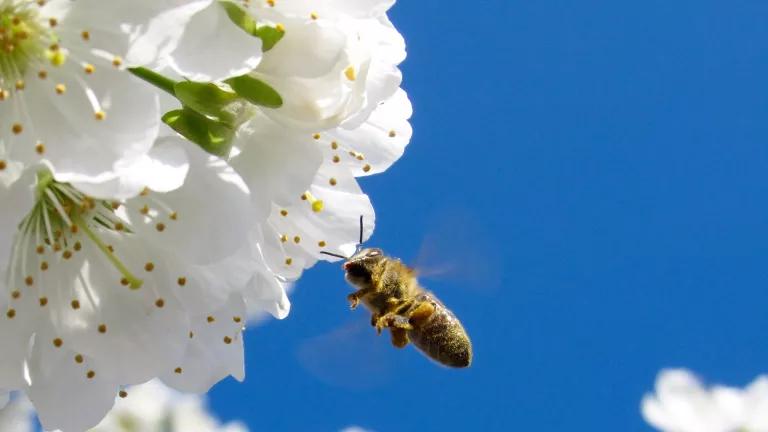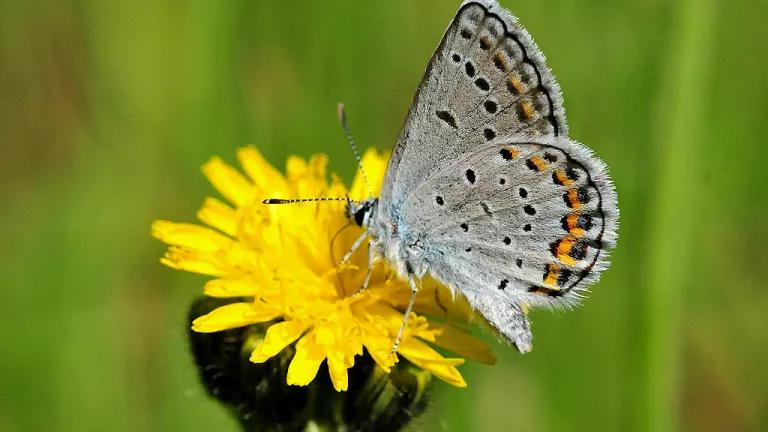
Credit:
Dawn Marsh/USFWS
The world’s most widely used insecticides, neonicotinoids (neonics), are neurotoxic chemicals linked to massive bee losses, vast water and soil contamination, ecosystem-wide harms, and human health concerns. The neonic uses in the United States that pose the greatest threats—from coating corn and soybean seeds to spraying gardens and golf courses—provide little to no benefits to users or are easily replaceable with safer alternatives.
This fact sheet provides an overview of the growing body of alarming evidence, showing how the high costs of needless neonic uses far outweigh the rare and often nonexistent benefits.
Related Resources
Skip carousel items




New York Enacts Nation-Leading Law to Protect Bees, Birds, and People
Expert BlogNew YorkDaniel Raichel

EPA: Neonics Likely Driving 200+ Species Toward Extinction
Expert BlogWashington, D.C.Lucas Rhoads
U.S. EPA's unprecedented findings confirm that widespread neonic pesticide use threatens critical pollinators, other wildlife, and whole ecosystems.

Neonic Pesticides: Potential Risks to Brain and Sperm
Expert BlogDr. Jennifer Sass
While more research on neonics’ possible human health harms is sorely needed, what we already know is worrying, and scrutiny is growing.



